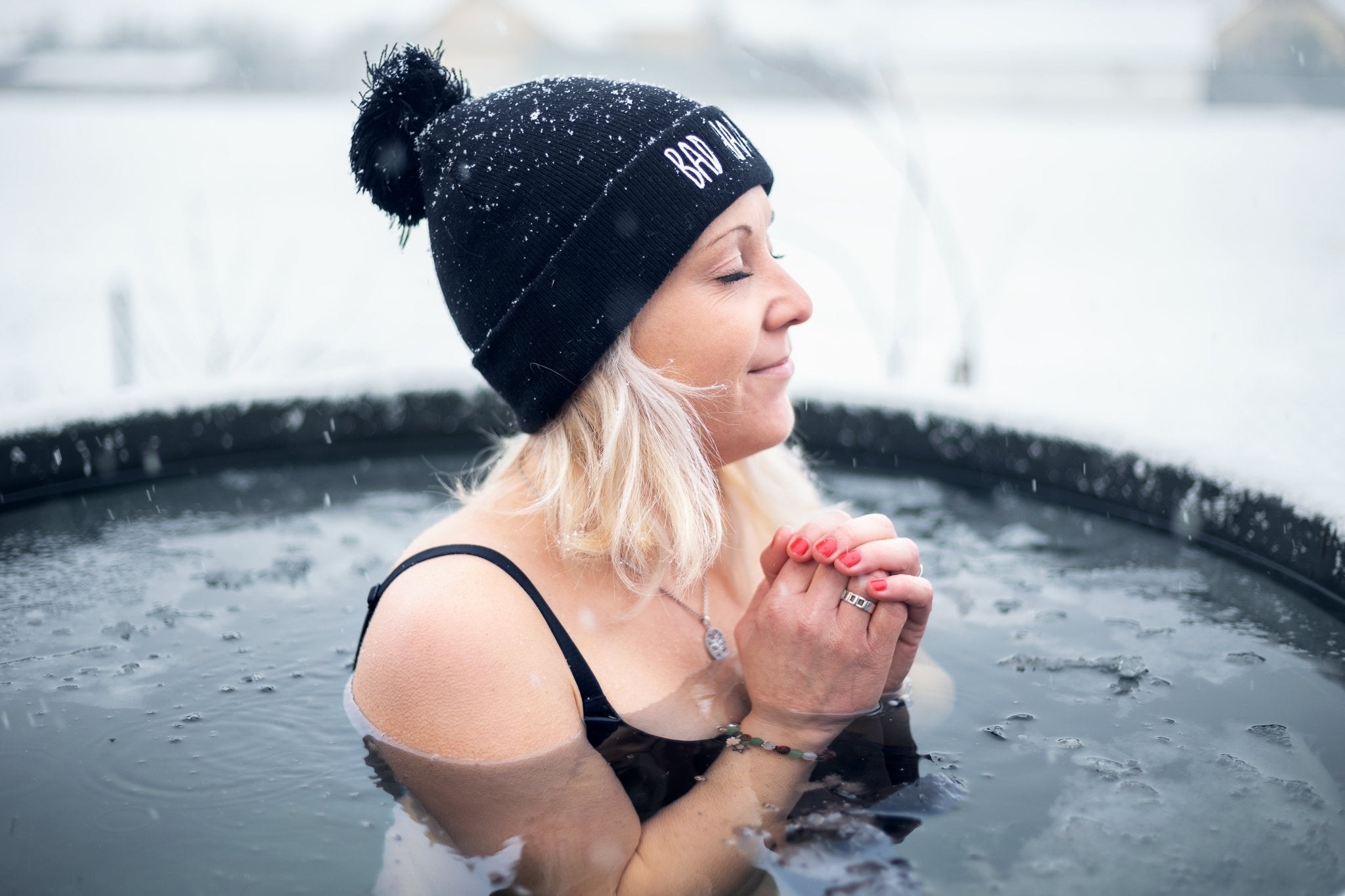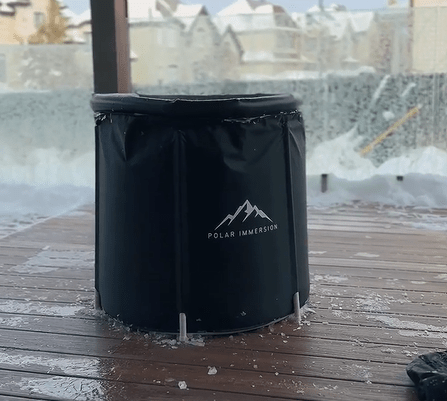In the realm of physical therapy, two contrasting approaches have often been used to address pain and promote healing: cold therapy and heat therapy. While each has its unique benefits, they serve different purposes and are used under different circumstances. This guide aims to shed light on the distinctions between the two, aiding you in making an informed decision on which therapy might be more appropriate for your needs.
Understanding Cold Therapy
Cold therapy, also known as cryotherapy, involves the application of cold to an injured area. The cold can help reduce blood flow to the area, which can significantly reduce inflammation and swelling that causes pain, especially around a joint or a tendon. It can also temporarily reduce nerve activity, which can relieve pain.
Cold therapy is typically applied using ice packs or cooling devices. More recently, cold plunge therapy has been growing in popularity. By submerging the body in cold water, you can potentially reduce muscle soreness and speed up recovery.

Benefits of Cold Therapy
-
Reduced Inflammation and Swelling: Cold therapy helps to constrict blood vessels, reducing inflammation and swelling, particularly around joints or tendons.
-
Pain Relief: The cooling effect of cold therapy can numb the targeted area, providing temporary relief from pain.
-
Speedier Recovery: Regular cold therapy can help to speed up recovery, especially following intense physical activity. Athletes often use cold therapy to accelerate recovery after training or competition.
Understanding Heat Therapy
Heat therapy, also known as thermotherapy, involves the application of heat to the body. This therapy works on the principle of improved circulation and blood flow to the area due to higher temperatures. This can help deliver more oxygen and nutrients to the muscles, aiding in their repair.
Heat therapy can be applied through a warm bath, a hot cloth, or heating pads. The heat should be warm, not hot, and should be applied for a longer duration compared to cold therapy.

Benefits of Heat Therapy
-
Muscle Relaxation: Heat therapy promotes muscle relaxation, which can alleviate tension and stress in the body.
-
Increased Flexibility and Mobility: By improving circulation, heat therapy can increase joint flexibility and mobility.
-
Pain Relief: Heat therapy can also provide relief from pain, particularly that stemming from muscle tension and stress.
Cold Therapy vs. Heat Therapy: A Comparison
The choice between cold therapy and heat therapy often depends on the type of injury or pain and its stage. Cold therapy is usually recommended for acute injuries or pain, along with inflammation and swelling. The cold helps to numb the area and reduce swelling, which can provide immediate short-term relief. For example, if you've just sprained your ankle, a cold pack or a cold plunge might be the way to go.
On the other hand, heat therapy is generally recommended for chronic conditions or pain, muscle tension, or stress. The heat helps to increase blood flow, promoting relaxation and relief from tension. For instance, if you suffer from recurring lower back stiffness, a hot bath or a heating pad might provide relief.
Conclusion
While both cold therapy and heat therapy offer significant benefits, the choice between the two often depends on your individual needs, the nature of the injury, and the type of pain. It's always recommended to consult with a healthcare provider before starting a new therapy regimen, particularly if you have pre-existing conditions.
Understanding the nuances of these therapies and how they impact our bodies can empower us to make the right decisions for our wellness journeys. Whether it's the numbing chill of a cold plunge or the soothing warmth of a heated pad, both therapies can significantly contribute to our physical wellbeing and recovery.



Leave a comment
This site is protected by hCaptcha and the hCaptcha Privacy Policy and Terms of Service apply.